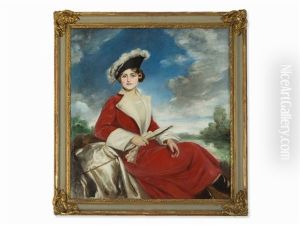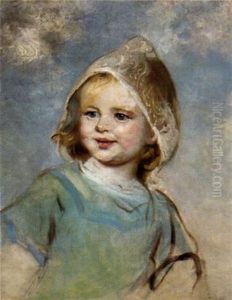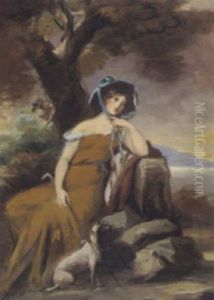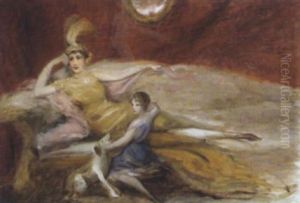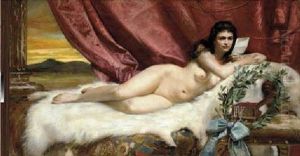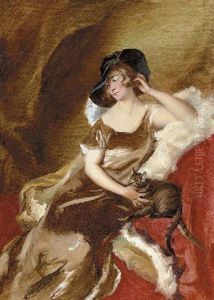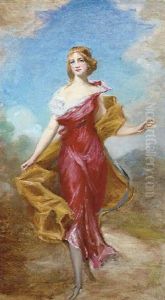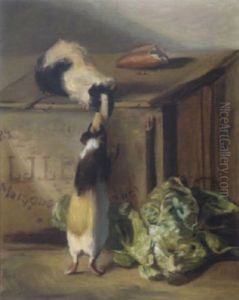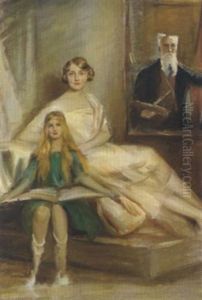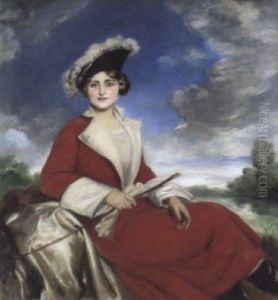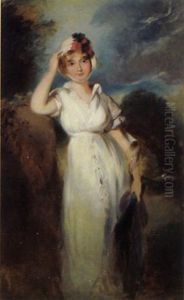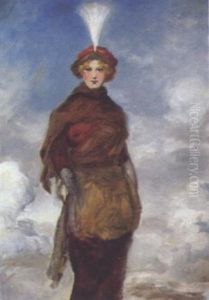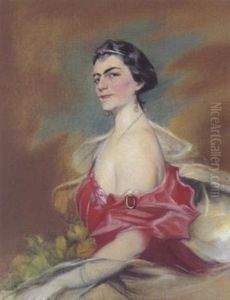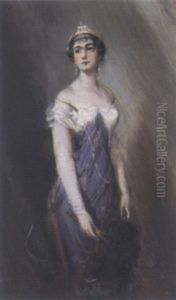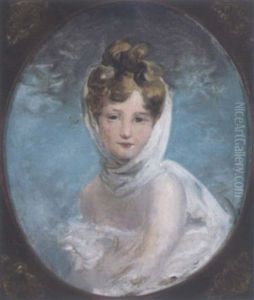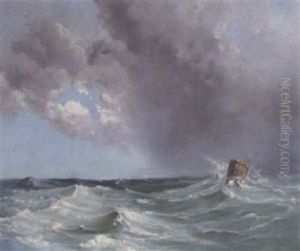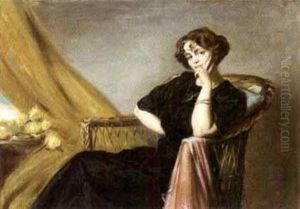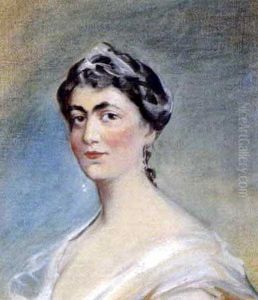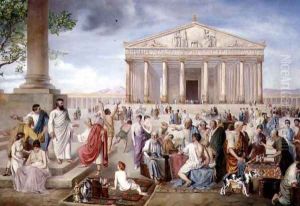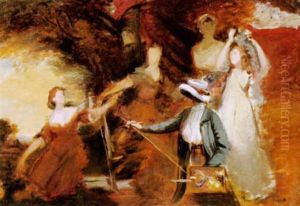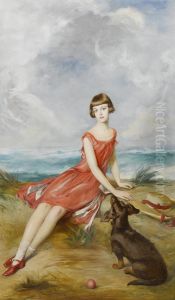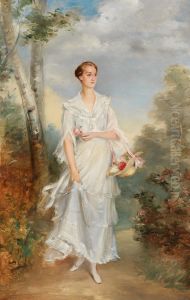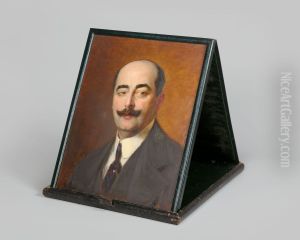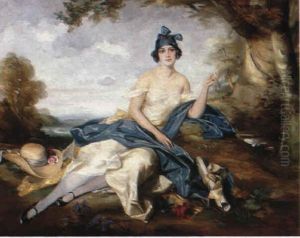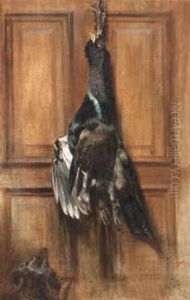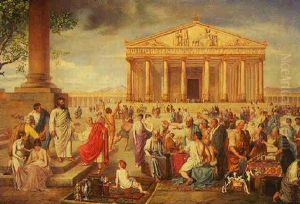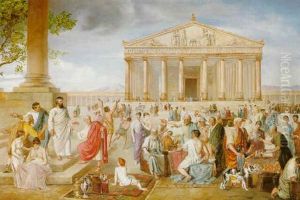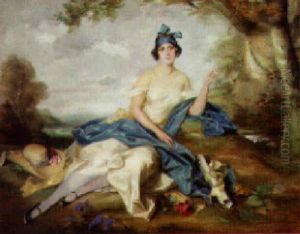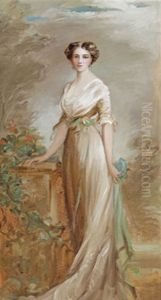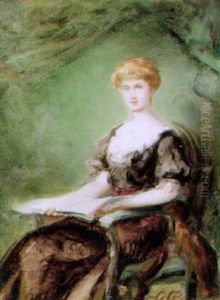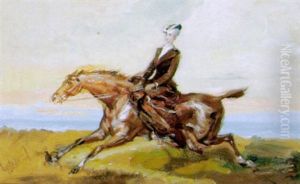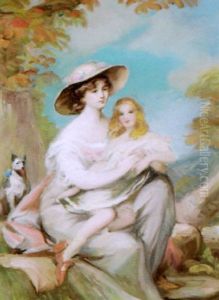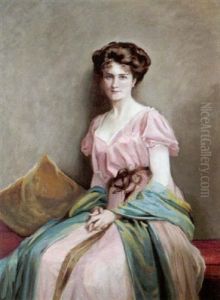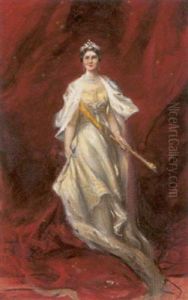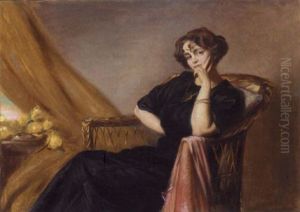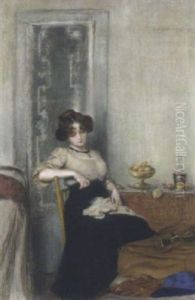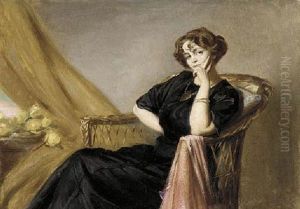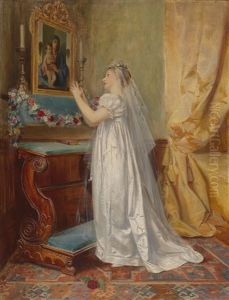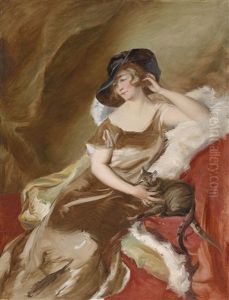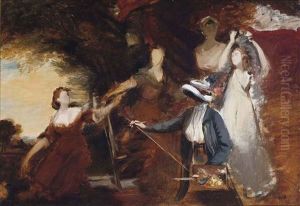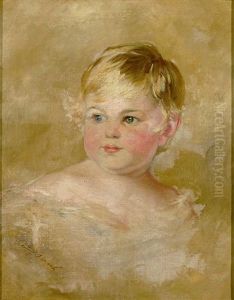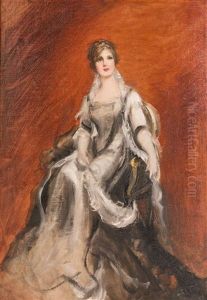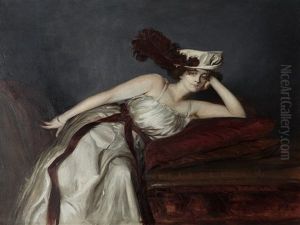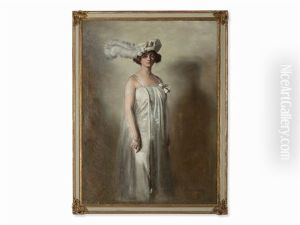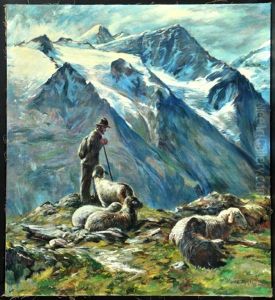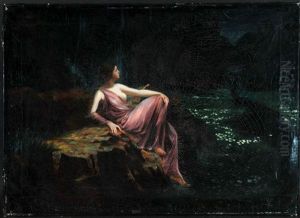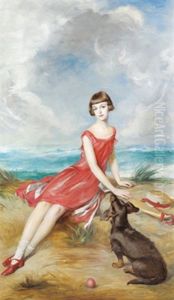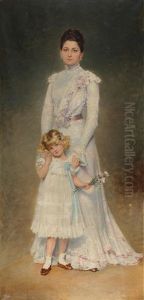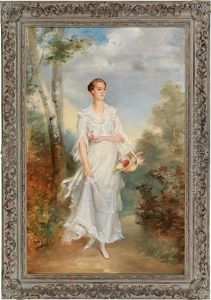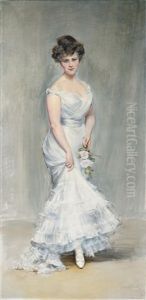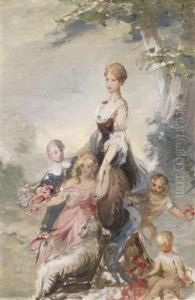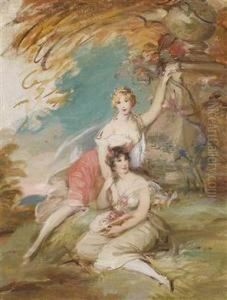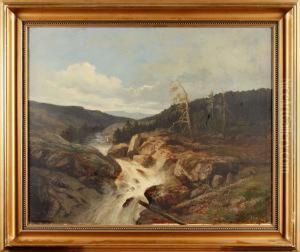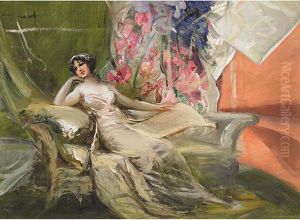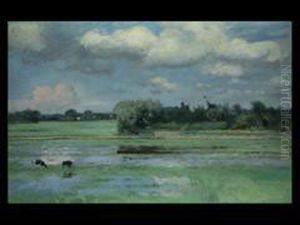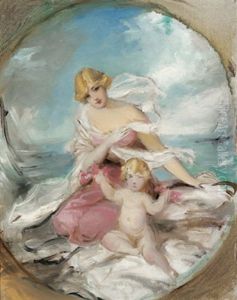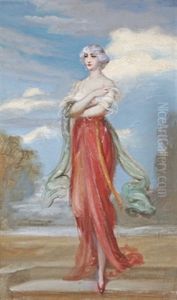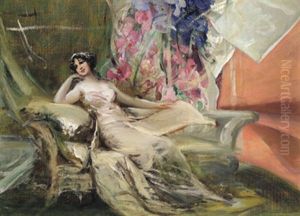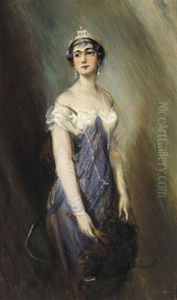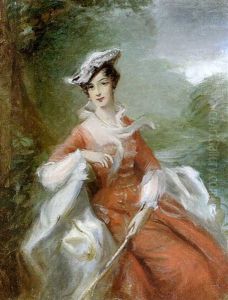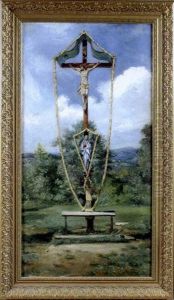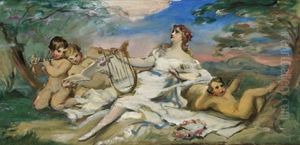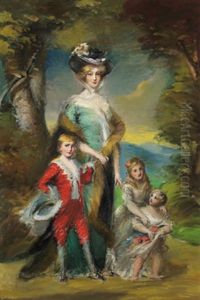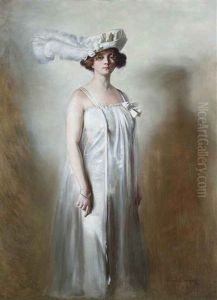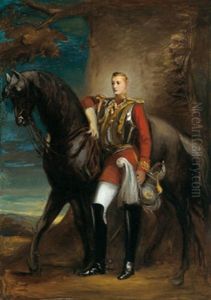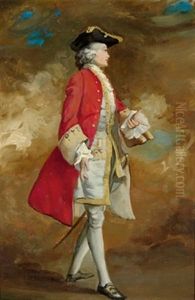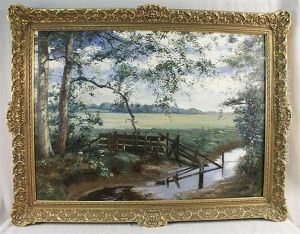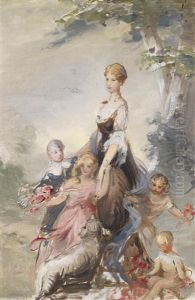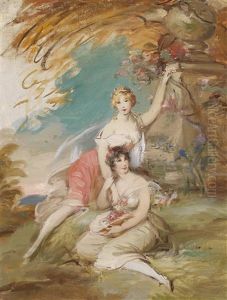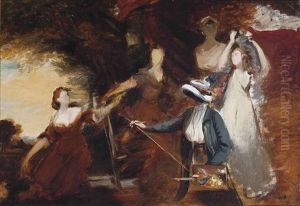Adolf Pirsch Paintings
Adolf Pirsch was an Austrian painter, known for his portraits, landscapes, and still lifes. Born on August 13, 1888, in Klagenfurt, Austria, Pirsch showed an early interest in art and pursued his passion despite the initial disapproval of his father. He studied at the Academy of Fine Arts in Vienna under the tutelage of renowned artists such as Christian Griepenkerl and Sigmund L'Allemand. His education provided him with a solid foundation in classical painting techniques, which he later adapted in his unique style.
After completing his studies, Pirsch's talent was recognized, and he began receiving commissions for portraits, which became a significant part of his oeuvre. His work was influenced by the Vienna Secession, an art movement that sought to break away from traditional academic art. Pirsch's style, however, remained more conservative than many of his contemporaries, focusing on realism and the meticulous depiction of his subjects.
During World War I, Pirsch served in the military, and his experiences during the war influenced his art. After the war, he continued to work and exhibit his art, gaining a reputation as a skilled portraitist. He married Grete Schmahl in 1922, and the couple later moved to Germany, where Pirsch continued to work as an artist.
With the rise of the Nazi regime in Germany, Pirsch, who did not conform to the artistic styles favored by the Nazis, faced challenges in his career. He and his wife moved to England in 1939, where he continued to work, although the war years were a difficult time for him professionally. After World War II, Pirsch returned to Germany, where he resumed his artistic career with renewed vigor until his death on July 29, 1977, in Stuttgart.
Throughout his life, Pirsch exhibited his work in various venues, and his portraits were particularly appreciated for their depth of character and technical proficiency. His landscapes and still lifes also demonstrated his ability to capture the essence of his subjects with sensitivity and attention to detail. Adolf Pirsch's legacy is that of a dedicated artist who navigated the turbulent times of the 20th century while remaining true to his artistic vision.
